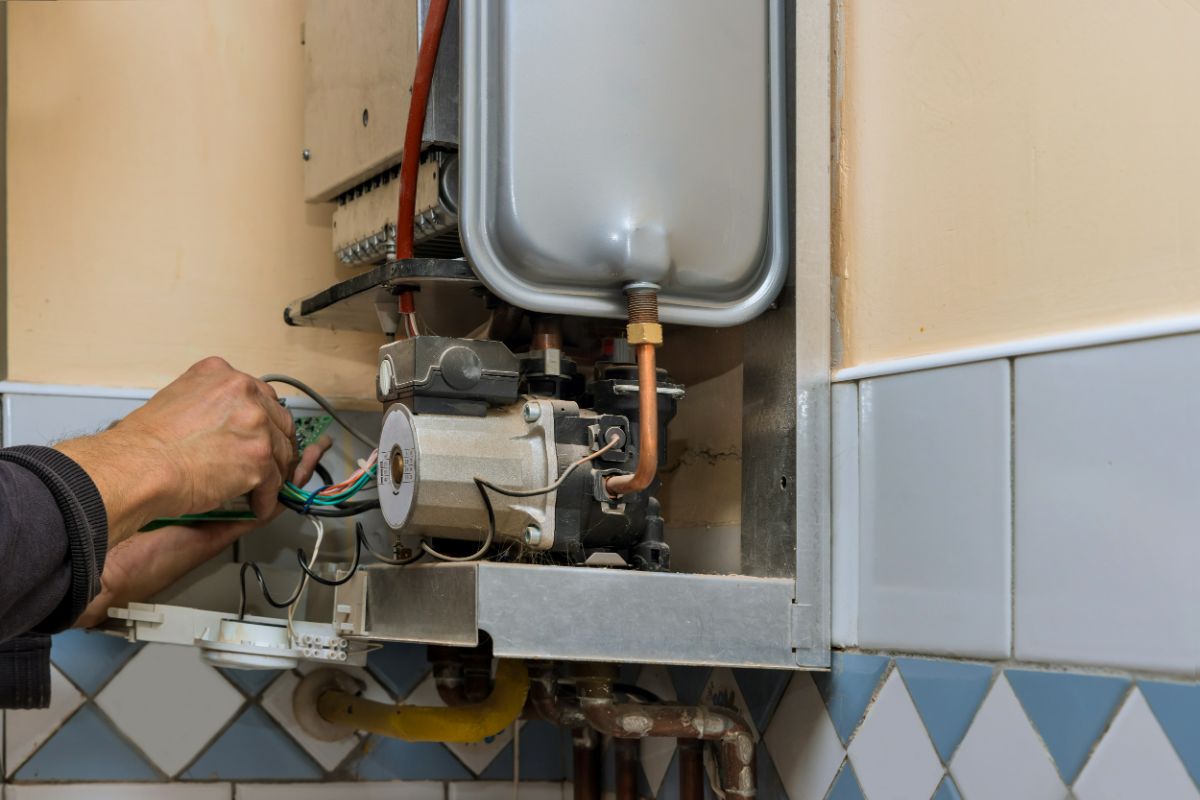They are making a few great points on Tips For Maintaining Your Hot Water Heater as a whole in this content following next.

Hot water is important for day-to-day comfort, whether it's for a revitalizing shower or cleaning recipes. To ensure your warm water system runs effectively and lasts longer, regular maintenance is key. This write-up offers functional pointers and understandings on just how to keep your home's hot water system to prevent disturbances and expensive repair services.
Introduction
Keeping your home's warm water system may appear daunting, yet with a few simple actions, you can ensure it runs efficiently for many years ahead. This overview covers everything from comprehending your hot water system to DIY maintenance suggestions and knowing when to call in professional help.
Value of Keeping Your Warm Water System
Regular maintenance not just prolongs the life expectancy of your warm water system but additionally guarantees it runs efficiently. Overlooking maintenance can bring about reduced performance, greater power bills, and even premature failing of the system.
Indicators Your Hot Water System Needs Maintenance
Understanding when your warm water system requires focus can prevent major problems. Watch out for indicators such as irregular water temperature level, strange noises from the heating unit, or corroded water.
Recognizing Your Warm Water System
Prior to diving right into upkeep tasks, it's helpful to comprehend the fundamental elements of your hot water system. Normally, this consists of the hot water heater itself, pipelines, anode rods, and temperature controls.
Regular Monthly Maintenance Tasks
Routine regular monthly checks can assist catch minor issues before they escalate.
Purging the Hot Water Heater
Purging your hot water heater gets rid of debris accumulation, boosting performance and extending its life.
Checking and Replacing Anode Rods
Anode rods prevent rust inside the container. Inspecting and replacing them when worn is vital.
Examining and Readjusting Temperature Level Setups
Adjusting the temperature level setups ensures optimal efficiency and safety and security.
Do It Yourself Tips for Maintenance
You can execute several maintenance jobs on your own to maintain your hot water system in top problem.
Looking for Leaks
Routinely inspect pipelines and links for leaks, as these can lead to water damages and higher bills.
Examining Pressure Alleviation Valves
Checking the pressure safety valve guarantees it functions correctly and avoids excessive stress accumulation.
Insulating Pipelines
Protecting hot water pipelines reduces warmth loss and can save power.
When to Call an Expert
While DIY upkeep is useful, some issues need professional experience.
Complicated Issues Needing Professional Aid
Examples include significant leaks, electric problems, or if your hot water heater is regularly underperforming.
Regular Professional Upkeep Benefits
Expert upkeep can include detailed evaluations, tune-ups, and making certain compliance with safety and security requirements.
Verdict
Regular upkeep of your home's hot water system is vital for efficiency, longevity, and price savings. By complying with these pointers and knowing when to seek specialist help, you can ensure a trusted supply of hot water without unforeseen disturbances.
How to Maintain an Instant Hot Water Heater
Before tinkering with your hot water heater, make sure that it’s not powered on. You also have to turn off the main circuit breaker and shut off the main gas line to prevent accidents. Also turn off the water valves connected to your unit to prevent water from flowing into and out of the appliance. 2. When you’re done, you have to detach the purge valves’ caps. These look like the letter “T” and are situated on either side of the water valves. Doing so will release any pressure that has accumulated inside the valves while at the same time avoid hot water from shooting out and burning your skin. 3. When the purge valves’ caps are removed, you have to connect your hosing lines to the valves. Your unit should have come with three hoses but if it didn’t, you can purchase these things from any hardware or home repair shops. You can also get them from retail stores that sell water heating systems. Read the user’s manual and follow it to complete this task properly. When the hosing lines are connected, open the purge port’s valves. 4. You should never use harsh chemical cleaners or solutions when cleaning your unit. Make use of white vinegar instead. It should be undiluted and you’ll probably use about 2 gallons. 5. Now flush your water heater. This task should probably take about 40 minutes. We can’t give you specific directions for this because the procedure is carried out depending on the type, model and brand of your heater. With that being said, refer to the user’s manual. 6. When you’re done draining the unit, you have to turn off the purge port valves again. Remove the hosing lines that you earlier installed on each of the water valves. Put the valve caps (purge port) back in their respective places and be very careful so as not to damage the rubber discs that are found inside these caps. 7. Now that everything’s back in place, check your user’s manual again to find out how to reactivate your water heating system. 8. Once it is working, turn one of your hot water faucets on just to let air pass through the heater’s water supply pipes. Leave the tap on until water flows smoothly out of it. https://www.orrplumbing.com/blog/2014/september/how-to-maintain-an-instant-hot-water-heater/

I recently found that entry about What Kind of Maintenance Do Water Heaters Need? while browsing on the internet. Sharing is good. You won't know, you could be doing someone a favor. Thank you so much for taking the time to read it.
Request Appointment